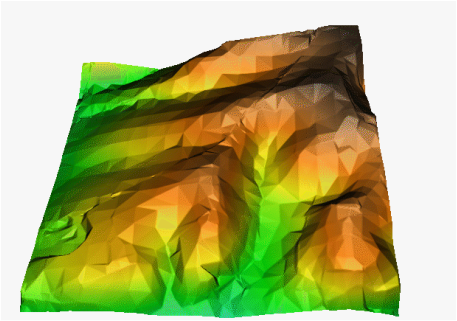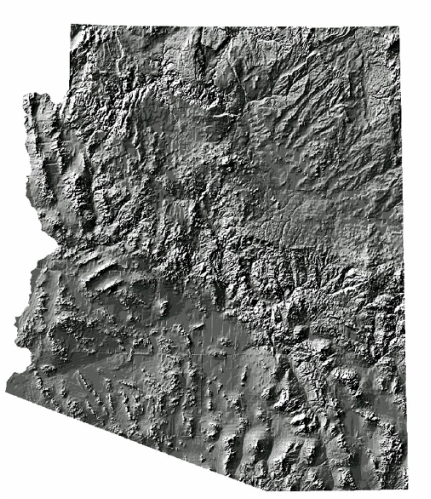What is a DEM
A digital elevation model (DEM) is a digital model or 3D representation of a terrain's surface — commonly for a planet (including Earth), moon, or asteroid — created from terrain elevation data.
Types of DEM
A DEM can be represented as a raster (a grid of squares, also known as a heightmap when representing elevation) or as a vector-based triangular irregular network (TIN). Raster typed models are used more frequently, though vector models are significantly smaller in size and easier to render.
Modern Uses
In todays world we see a lot of uses of DEM models. Some of the most familiar uses are actually already on most smart mobile devices. When looking at applications like Apple Maps, Google Maps, Google Earth, and Bing, the 3D terrain and buildings are examples of using DEM models and information to render them 3D. Without this data, all of the applications maps would be solely flat with no 3D modeling.






